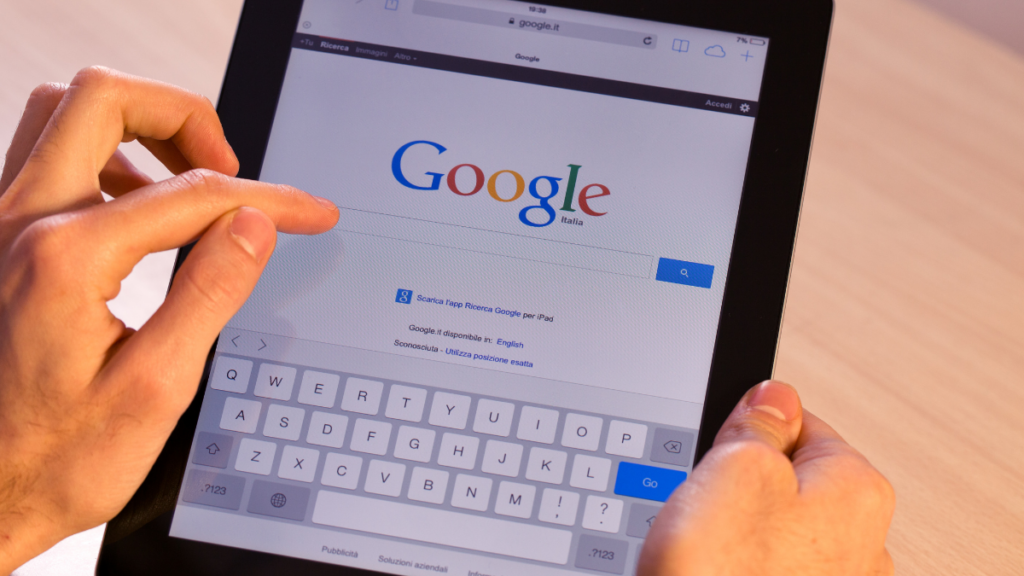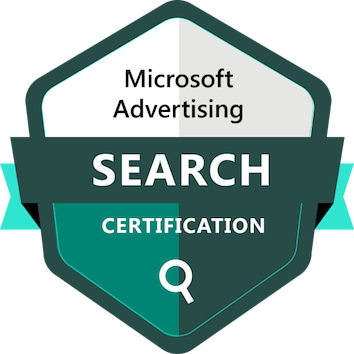Google recently pushed an update to their search engine called the helpful content update. This update aims to reward original and helpful content in the search results.
Let me help by saying that if your website contains high-quality and unique content that your audience likes to read and engage with, you likely have “people-first content” and don’t have to worry.
But before you help yourself by shoving more keywords onto your pages, you should note this is part of Google’s overarching effort to improve its search results pages that included the “product review update” of 2021 which also get an update.
Google improved its ability to determine original content for people vs. content written for a search engine. It’s helping itself to this information to classify websites with a significant amount of this “unhelpful” content. With the helpful content update, they’re now using this classification as a ranking signal.
(BTW, “keyword stuffing” doesn’t work and doesn’t help anyone.) Sorry, I couldn’t help myself. Please, help me.
When did the helpful content update launch?
Google announced the helpful content update on August 18, 2022, and released it on August 24, 2022. They stated it could take two weeks to roll out. It only applies to English language searches but will eventually roll out to other languages.
Is this a Core update?
No. Google updates its algorithm constantly, with significant updates called “core updates.” But sometimes, Google will release an update that may significantly impact, like the “mobile-first indexing” release of 2011. So, this update is notable for its specificity.
Does this update affect individual web pages or the website as a whole?
Google states that this is a site-wide algorithm, so having several pages of content for search engines can affect the entire website. Its algorithm assigns a classifier to the website.
According to Google Search Liaison Danny Sullivan, the classifier was already in place before the launch of the helpful content update. At launch time, they’re using the classifier as a ranking signal.
The classifier didn't start at launch. It already understood site content over a period of time. At launch, we just began to use the signal in ranking. It does continually work to montor sites & understand if there's lasting change. https://t.co/G6g7hvDzZu pic.twitter.com/GLTL2WQP0p
— Danny Sullivan (@dannysullivan) August 30, 2022
When assigning this classification, the classifier considers the number of pages it deems “unhelpful” vs. “helpful.”
What happens if your website is affected by the “helpful content update”?
Google states they apply the signal over several months. If a site owner removes the “unhelpful” content, the classifier will eventually catch it and determine whether to remove the classification. It is not a manual action or spam action, as the process is completely automated. Therefore, it could take months before the removal of the classification.
Google recommends removing the “unhelpful” content. How do you know what content Google considers “unhelpful”? Jon Mueller, Search Advocate at Google, says that Search Console will not provide information on which pages it feels are “unhelpful.”
It will be up to the site owner to determine what content is affected by the change. So Google isn’t going to help with that.
What is “people-first content”?
Google is looking for content created by people for people. More specifically, your website should have content written for your audience and not for a search engine bot.
Have you ever searched for a solution to a problem with your iPhone or Android phone and landed on a page that spends an entire paragraph regurgitating different permutations of the exact search you just performed? And your answer is buried below, and it’s not even the correct solution? Annoying, right? This update seems to address this issue.
Let’s break some of the questions Google recommends you ask yourself as you look at your website.
Do you have an existing or intended audience for your business or site that would find the content useful if they came directly to you?
Google indicates that not only does the content have to be original, but it has to match your website’s topic. If your website is about dogs and how to care for them, then content specific to snakes shedding skin may not be enjoyable or relevant to your audience.
We find this often with our content audits, where we review a blog with posts irrelevant to the website’s purpose or audience. These blog posts tend to get little-to-no traffic or traffic that leaves the website after consuming the content.
Does your site have a primary purpose or focus?
That’s why it’s essential to, at the very least, have a website that communicates its theme and focuses on content that Google can crawl.
After reading your content, will someone leave feeling they’ve learned enough about a topic to help achieve their goal?
Not every page of your website has to be SEO friendly, but if you’re creating content that you want to attract attention to, make sure it’s high-quality, well-written, and well-researched.
What doesn’t qualify as people-first content?
Google indicates these are not people-first content:
- Creating content for bots vs. humans
- Producing tons of pages that may not be related to one another
- Strictly using AI to create content
- Creating one-off pieces of content that have nothing to do with the focus of your website.
- Prematurely writing about things released in the future for capturing search traffic.
- Niching down into a topic of which you know little to nothing.
What should I do next?
This update shouldn’t affect you if you create unique and engaging content for your audience. Keep creating high-quality content for your website visitors.
But suppose most of your website content is heavily optimized for search engines, is just regurgitated information found elsewhere on the web, or is just not unique enough. In that case, you might be affected by this update.
Likely, you will need to either update your pages or remove the ones you know don’t classify as “people-first content.” Eventually, the classifier will pull the classification from the website, and you might see the site improve overall.






